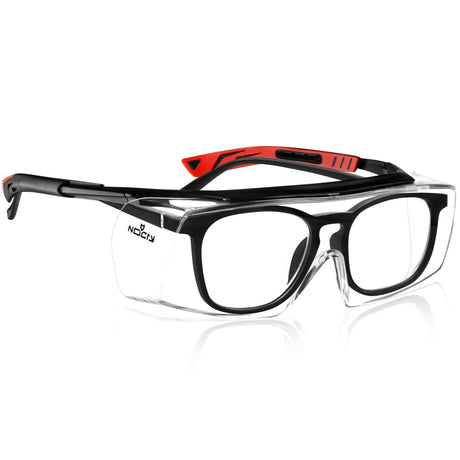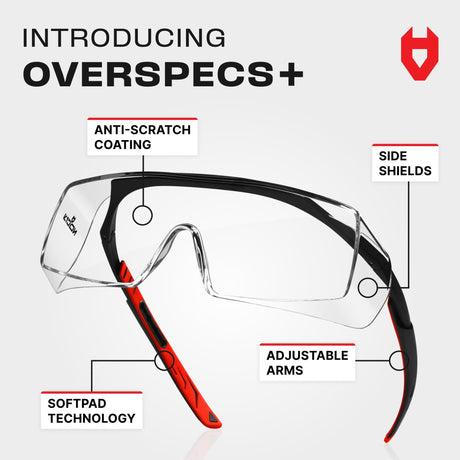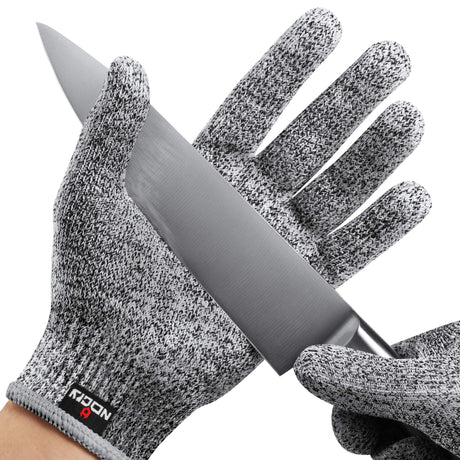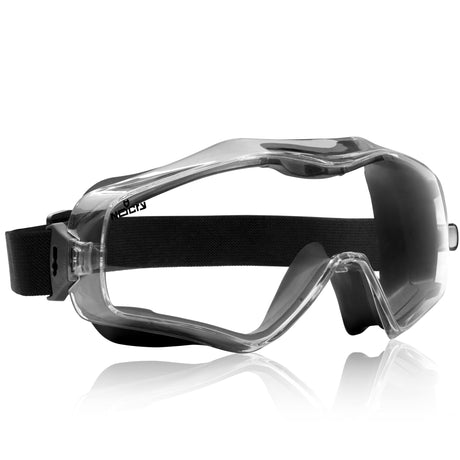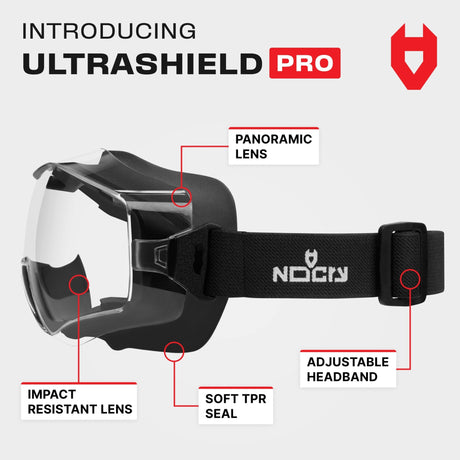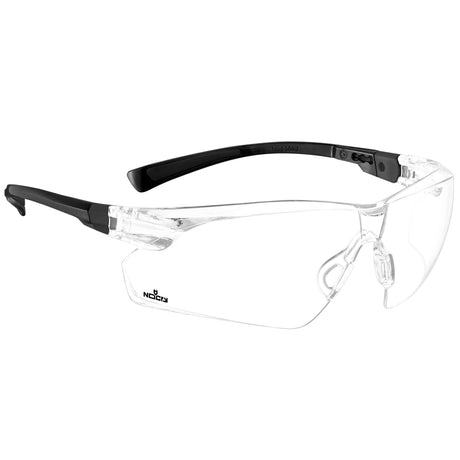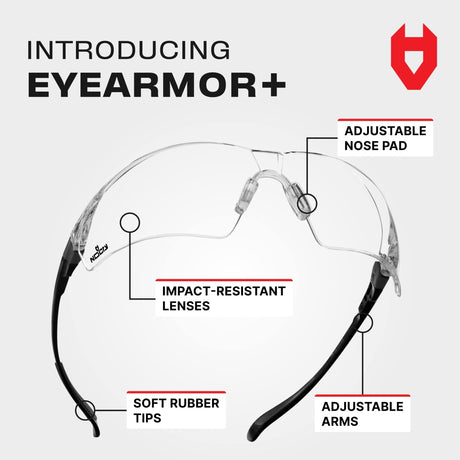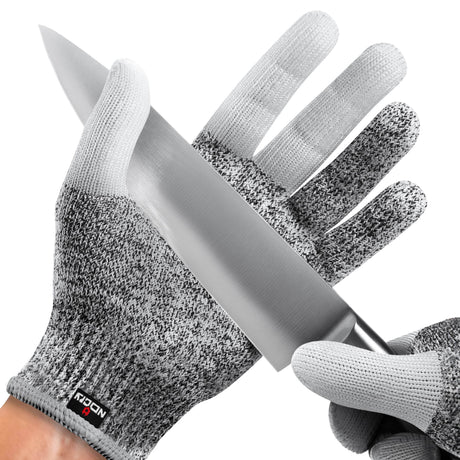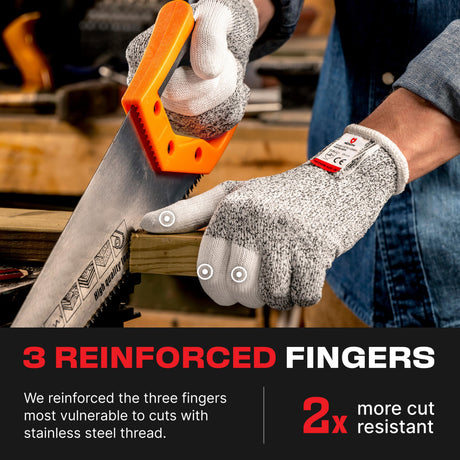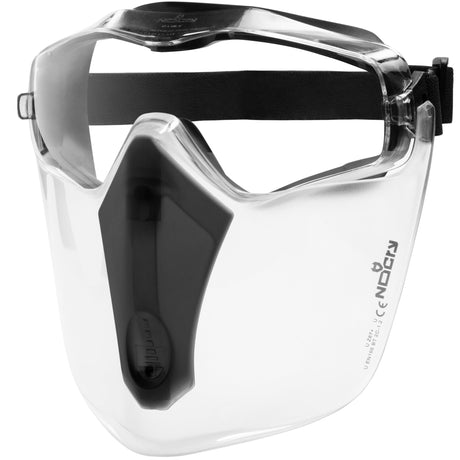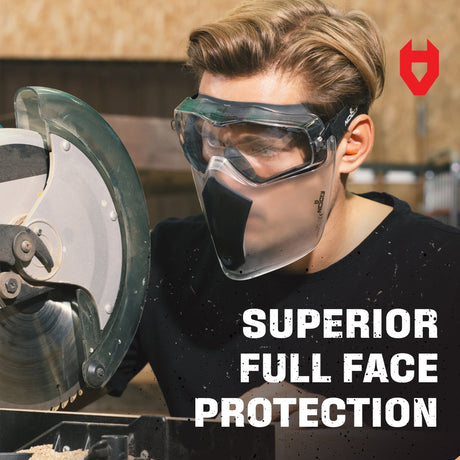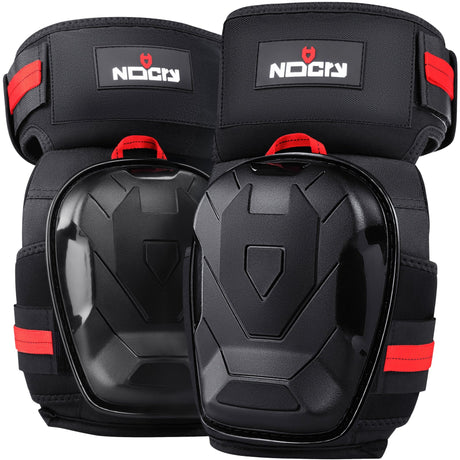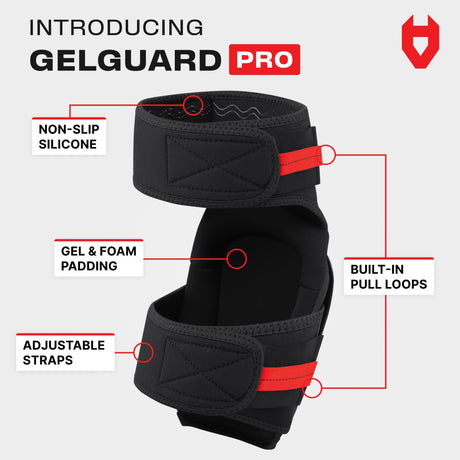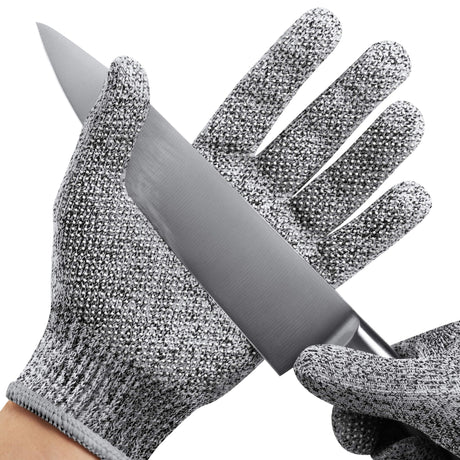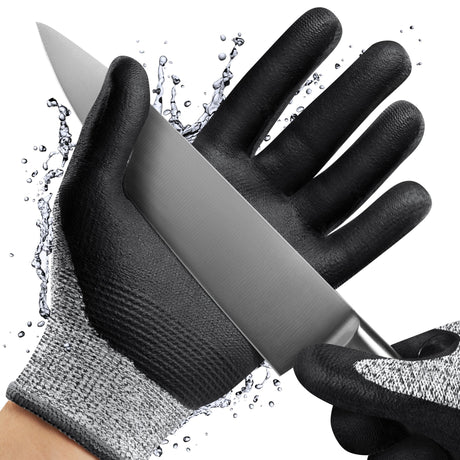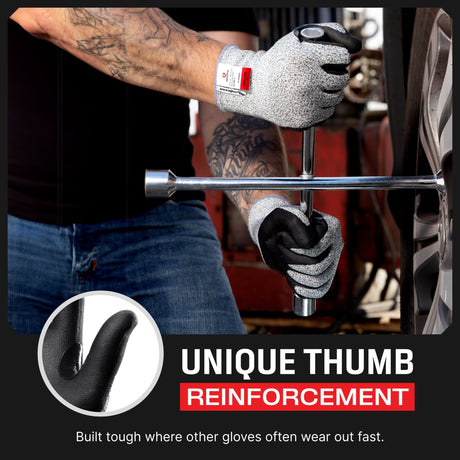Contents
Key Takeaways
- Face shields are reusable if properly cleaned and maintained.
- Cleaning steps include disinfecting, wiping, and air drying to ensure safety.
- Face shields should be checked for damage before reuse.
- Face shields for construction workers and other professionals provide protection but should be used with other PPE.
Are Face Shields Reusable?
Yes, a face shield can be reused, unlike disposable masks. However, to ensure safety, you need to know how to clean the face shield properly. If maintained well, a face shield can last a long time, making it a cost-effective option for personal protection.
Proper cleaning is even more important to prevent contamination for those working in high-risk environments, such as construction sites or medical settings. A face shield is exposed to dust, debris, and potential chemical splashes, making regular maintenance crucial.

How Long Can You Use One Face Shield?
You can continue using your face shield if it’s free from cracks, warps, or significant damage that would impact its protection. Small cracks or defects, even if barely noticeable, can weaken the shield and compromise its safety.
Avoid repairing cracks with glue or duct tape; these methods won’t restore the shield’s structural integrity. Face shields are made from strong, non-porous materials, and any damage can create risks, so replacing them when defects appear is essential.
When Should You Change Your Face Shield?
You should change your face shield as soon as you notice something wrong with it. Regular inspection is essential to ensuring your face shield remains effective. Check it every time you wear it, before and after use, especially in well-lit areas.
This is important for industrial environments, where even minor impacts can cause cracks or scratches. Face shields made from materials like polycarbonate or PETG are not shatterproof, so any sign of damage means it’s time to replace the shield.

A face shield should be replaced if it no longer fits properly: if it doesn’t cover your chin, reach your ears, or eliminate gaps between the headgear and your forehead, it’s no longer effective. Structural damage, even if minor, poses the same risks as surface damage. Always inspect the headgear too, as defects here can cause the visor to misalign and offer less protection.
What Are the Regulations for Face Shields?
Following face shield regulations is essential to ensure workplace safety. The Occupational Safety and Health Administration (OSHA) mandates that employers provide protective face shields for workers exposed to hazards like flying objects, chemicals, or infectious diseases.
The face shields provided for dangerous work must be durable, impact-resistant, and chemical-resistant. The ANSI Z87.1 standard ensures shields meet safety requirements, including impact resistance and optical clarity. Compliance helps protect workers and reduce injury risks.
How to Clean a Face Shield Properly
To keep your face shield mask in top condition, clean it after each use using EPA-approved disinfectants, alcohol wipes, or mild soap and water, store it in a dry, dust-free area, and avoid exposure to extreme heat or harsh chemicals to prevent damage.

You can follow these steps for a simple guide on how to clean a face shield effectively:
- Wear clean gloves. This prevents germs or debris from transferring onto the shield.
- Rinse with water. Use lukewarm water to remove surface dirt and dust before applying disinfectant.
- Wipe the outside. Use an EPA-approved disinfectant and let it sit for a few moments to kill germs.
- Wipe the inside and edges. Avoid soaking the foam padding, as it can degrade over time.
- Rinse again if needed. If residue from the disinfectant remains, gently rinse with water.
- Remove streaks. Use a clean, damp cloth or alcohol pad to clear up any cloudiness.
- Air dry. Place it in a clean, dust-free area and wait until fully dry.
- Inspect for damage. If the shield is scratched, cracked, or warped, replace it immediately.
This method keeps your face shield clean and sanitized without damaging its material.
How Often Should Face Shields Be Cleaned?
Face shields should be cleaned after each use, especially in high-risk environments. If you wear a face shield for construction work, clean it at the end of each shift. In medical settings, disinfect it between patient interactions. Regular cleaning prevents the buildup of germs, dust, and debris.
How Can You Make a Face Shield Last Longer?
To extend the lifespan of your face shield, avoid exposing it to extreme heat, direct sunlight, or harsh chemicals. Store it in a cool, dry place, and always handle it with clean hands. Scratches can weaken the shield over time, so use a microfiber cloth instead of abrasive materials to clean it.
If you’re looking for a long-term solution, NoCry face shields offer durable protection against splashes, debris, and dust. They feature an anti-fog visor, an adjustable headband for comfort, and are easy to clean. Designed for extended use, they meet ANSI Z87.1 and EN 166 safety standards, making them a reliable choice for workplaces requiring certified protective gear.
What Are the Best Products to Clean a Face Shield?
Use EPA-approved disinfectants, alcohol wipes, or mild soap and water. Avoid strong solvents like bleach, as they can cause clouding and degrade the plastic. If using a disinfectant spray, ensure it’s safe for plastics and let it sit for the recommended dwell time before wiping.

How Should You Store a Face Shield?
Proper storage helps maintain the integrity of your face shield. Store it in a clean, dry location away from contaminants. Hanging it on a dedicated hook or keeping it in a protective case prevents scratches and prolongs usability.
Face Shield or Safety Glasses: Which is Better?
Both are important; a face shield provides full-face protection from debris and splashes, while safety glasses only protect the eyes. For maximum safety, both should be worn together when necessary.
The choice between using a face shield vs safety glasses can vary based on the situation. In healthcare settings, face shields are effective in blocking droplets, whereas safety glasses are designed to protect against splashes. On construction sites, face shields help guard against flying debris, while safety glasses offer better eye coverage.
Conclusion
Knowing how to clean a face shield ensures longevity and hygiene. If your shield becomes damaged or worn out, consider replacing the visor or upgrading to a sturdier model. For the best protection, pair your face shield with a face mask. Stay safe and protected!







